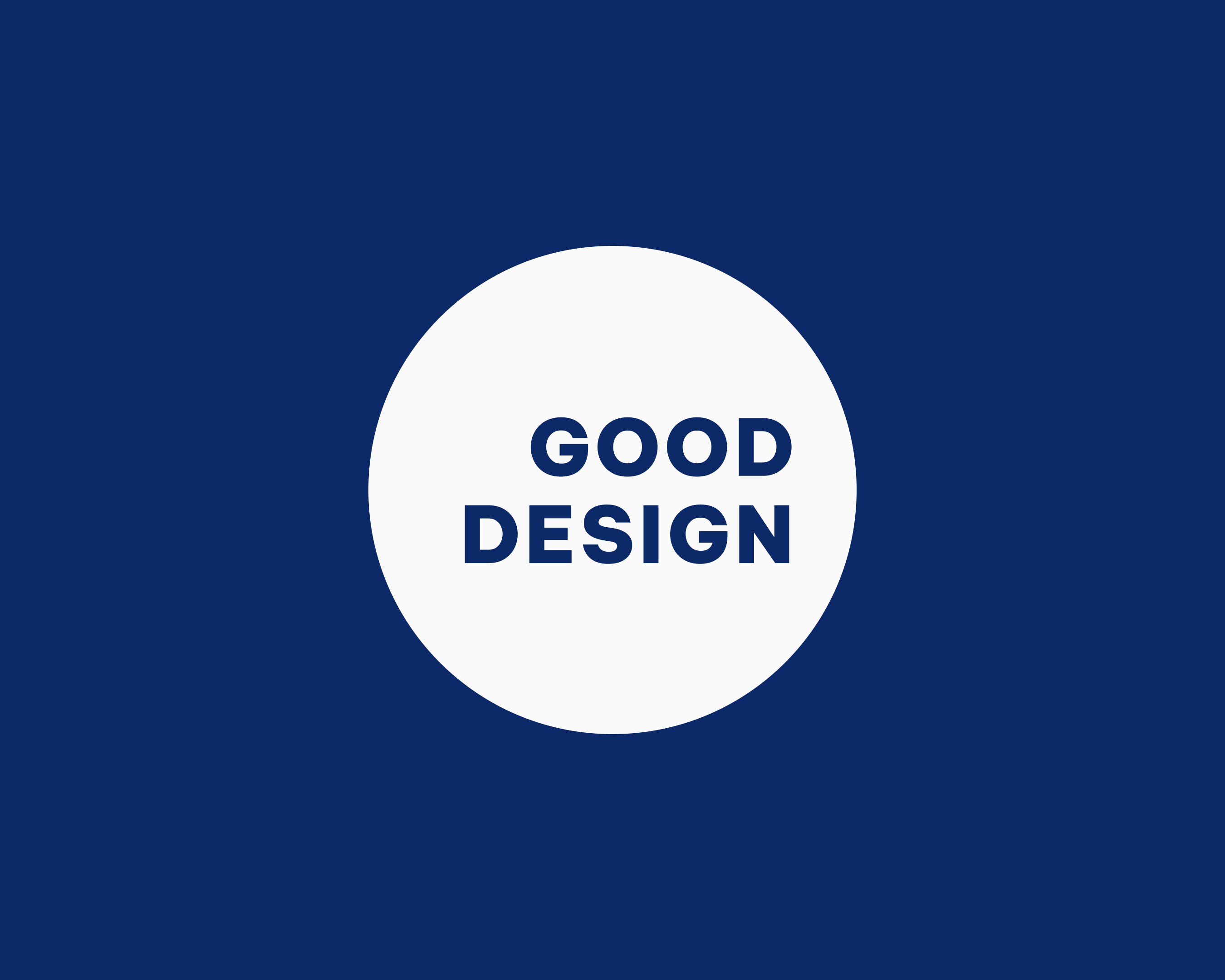

At Whipsaw, we believe the strongest brands are built on more than marketing—they’re built on experience. That experience spans every touchpoint a customer encounters, from the product they hold in their hands to the interface they tap, the packaging they open, and the story that’s told across digital and physical platforms. In this interconnected ecosystem, product design and brand design are not just aligned—they are inseparable.
We refer to brand identity—alongside user experience and product function—as a “primary informant” in the design process. It’s not something layered on after a product is developed. Instead, brand values, personality, and promise should influence the product’s purpose, form, and function from the outset. Even before considering color, materials, or interface design, the questions we ask are: What does this product do, why does it exist, and how does that tie into the brand’s ethos?
When done well, the product and brand become so integrated they reinforce one another, creating a resonant and memorable experience. Sometimes the balance skews—when the product is the hero (as with Tonal), or when the brand leads the charge (as with luxury products or services like Uber). But the goal is always the same: harmony.

Take Tonal, a Whipsaw-designed strength training system. Tonal had no established brand when we began, so the product needed to be the brand. The design solution—a sleek, confident, purpose-built machine—embodied values like strength, simplicity, and performance. Those same values became the foundation for all downstream brand elements, from tone of voice to UI design. It’s a powerful example of how a product can define the brand from day one.

Our Uber Beacon project flipped the model. Uber’s rebrand was already underway, and our product design needed to reflect that new identity. The resulting device mirrored the digital experience, visually and functionally. This top-down approach can work, but only when executed with care—too much emphasis on visual alignment can compromise the integrity of the product if not backed by thoughtful use-case design.

Most often, Whipsaw’s work falls somewhere between these two poles. Consider our design for Brita’s Stream pitchers. With 50+ years of brand equity to build on, our goal was to introduce a new filtration system that filtered water as you pour, without alienating long-time customers. Our industrial design made this innovation approachable by keeping the overall form familiar and user-friendly. In this case, the product nudged the brand forward, while the brand anchored the innovation.

We found a similar balance in our work with Google. When they began venturing into hardware, their brand was known for being friendly, clever, and a little unconventional. Our design language echoed those values, using soft shapes, natural materials, and casual forms across products like Chromecast, Nest, and WiFi. These products didn’t just follow Google’s brand—they helped evolve it into the physical world.

Every brand has what we call an “interest trajectory”—a measure of how consumers feel about a brand over time. This trajectory is fragile, shaped by trends, user sentiment, and market expectations. Advertising can offer a short-term boost, but only great design can create lasting momentum.
At Whipsaw, we use design to:
Design is a tangible, immediate signal of a company’s intent. When you get it right, the message is clear: we know who we are, and we know who we’re here for.
Achieving alignment between brand and product is not a one-time milestone—it’s an ongoing discipline. Companies must consistently evaluate where their product and brand are headed. That means:
This kind of harmony prevents brand backsliding, even as companies pivot or expand. We’ve seen it firsthand with clients like HP, Microsoft, and Tile—who each used industrial design to reset or clarify their brand position in times of transformation.
When product and brand are perceived as one, consumers feel clarity. That clarity builds confidence in what the product does, what the brand stands for, and why it matters. It also fosters loyalty—because the experience feels intentional and considered.
At Whipsaw, we help companies create that kind of clarity. We don’t just design beautiful products or thoughtful brand systems—we build entire experiences where everything works together: form, function, feeling, and story.
Because when brand and product are inseparable, what you make becomes who you are.